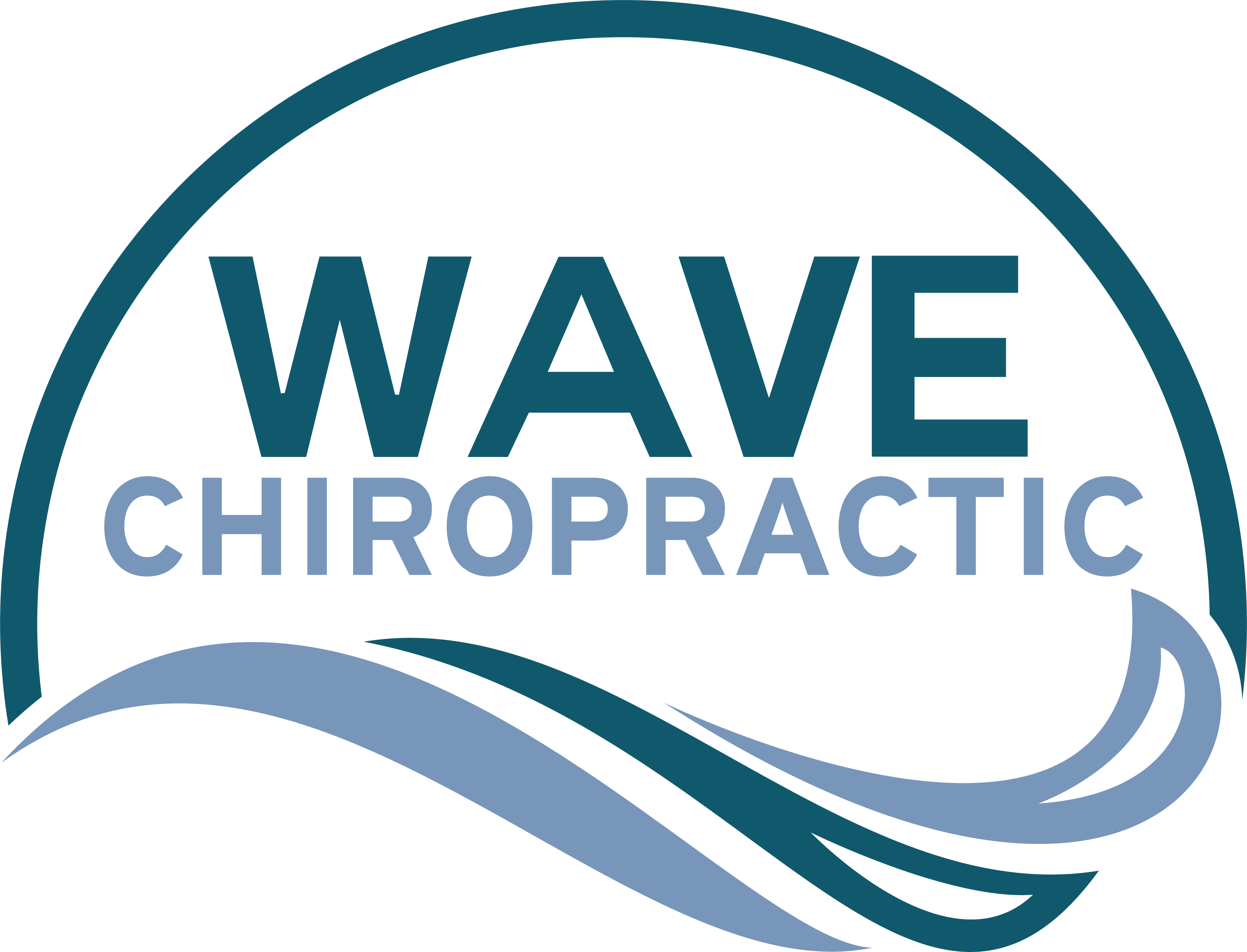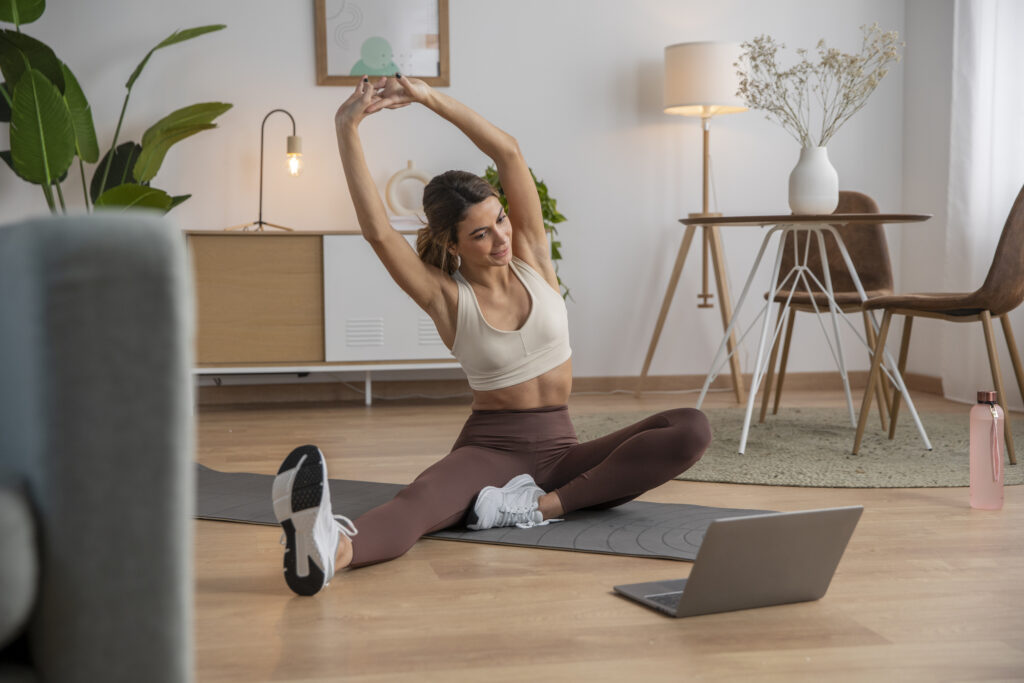If you're struggling with neck pain, you might be surprised to find that natural solutions can offer significant relief without the need for medication. Simple techniques like gentle stretches or heat therapy can make a difference in your daily comfort levels. You may also benefit from essential oils or mindfulness practices that target both physical tension and emotional stress. Each method has its unique advantages, and understanding how to combine them effectively could transform your experience. So, what's the best approach for your specific situation?
Understanding Neck Pain Causes
Neck pain can stem from various causes, and understanding these is essential for effective relief. You might find that your neck discomfort is linked to poor posture, especially if you spend long hours hunched over a computer or looking down at your phone. This repetitive strain can tighten your muscles and lead to pain.
If you often sleep in awkward positions or use an unsupportive pillow, these factors can also contribute to your neck issues. Injuries, like whiplash from a car accident or a sports-related incident, can cause acute neck pain. You could also experience chronic pain due to conditions like arthritis, which leads to inflammation and stiffness in the neck. Even a herniated disc can press on nerves, causing significant discomfort.
Additionally, stress plays a vital role in neck pain. When you're stressed, you tend to tense up your muscles, which can lead to pain and discomfort. You mightn't even realize you're clenching your jaw or hunching your shoulders until the pain becomes pronounced.
Lastly, underlying medical conditions, such as fibromyalgia or infections, can also manifest as neck pain. It's important to recognize that the cause of your discomfort might involve more than one factor. By identifying these causes, you can take the first steps toward effective relief and regain your comfort.
Understanding what's behind your neck pain is the key to addressing it effectively.
Effective Stretches and Exercises
Finding relief from neck pain often starts with effective stretches and exercises designed to improve flexibility and strength. Incorporating these movements into your daily routine can help alleviate discomfort and prevent future issues.
Begin with neck tilts. Sit or stand up straight, then gently tilt your head to the right, bringing your ear toward your shoulder. Hold for 15-30 seconds, feeling the stretch along the left side of your neck. Repeat on the left side.
Next, try neck rotations. Slowly turn your head to the right, looking over your shoulder, and hold for 15-30 seconds. Switch to the left side and repeat.
For a more dynamic stretch, you can perform shoulder rolls. Sit or stand with your arms relaxed at your sides. Roll your shoulders forward in a circular motion for 10 repetitions, then switch directions and roll them backward for another 10. This helps release tension in your neck and upper back.
Incorporate chin tucks to strengthen your neck muscles. While sitting or standing, pull your chin back towards your neck, keeping your head level. Hold for 5 seconds and repeat 10 times.
Finally, consider adding upper back stretches. Interlock your fingers and extend your arms in front of you, rounding your upper back while pushing your hands away. Hold for 15 seconds.
The Role of Heat and Cold
When you're dealing with neck pain, using heat and cold therapy can greatly assist in your recovery. Each method serves a distinct purpose, helping you alleviate discomfort and promote healing. Knowing when to use heat or cold can make all the difference in your pain management strategy.
Heat therapy is excellent for relaxing tight muscles and enhancing blood flow. It works well for chronic pain or stiffness.
On the other hand, cold therapy is ideal for reducing inflammation and numbing sharp pain, especially after a recent injury.
Here are some tips for effectively using heat and cold therapy:
- Apply a warm compress or heating pad for 15-20 minutes to soothe tense muscles.
- Use ice packs wrapped in a cloth for 10-15 minutes to combat swelling and pain.
- Alternate between heat and cold to find the combination that works best for you.
- Make sure you don't apply heat or cold directly to the skin to avoid burns or frostbite.
- Always listen to your body; if one method increases your discomfort, switch to the other.
Essential Oils for Pain Relief
Essential oils can be a powerful ally in your quest for neck pain relief.
You'll want to explore the top essential oils, learn how to apply them effectively, and consider safety precautions before using them.
Let's uncover how these natural remedies can help ease your discomfort.
Top Essential Oils
Several powerful essential oils can offer natural relief for neck pain, helping to ease discomfort and promote relaxation. You might find these essential oils particularly beneficial:
- Peppermint Oil: Known for its cooling sensation, it can help reduce inflammation and improve circulation.
- Lavender Oil: Renowned for its calming properties, lavender can alleviate stress and tension, which often contribute to neck pain.
- Eucalyptus Oil: This oil can help relieve muscle tension and has anti-inflammatory properties that may assist in soothing pain.
- Ginger Oil: Warm and spicy, ginger oil can improve blood flow and reduce discomfort associated with muscle stiffness.
- Rosemary Oil: With its analgesic properties, rosemary can help reduce pain while also promoting mental clarity.
Incorporating these essential oils into your routine can provide a holistic approach to managing neck pain.
Whether you use them in a diffuser or in a massage blend, you'll likely find that they enhance your overall sense of well-being.
As you explore these options, remember to choose high-quality oils for the best results.
Application Methods
Applying essential oils effectively can considerably enhance their pain-relieving benefits for neck discomfort. Start by choosing a carrier oil, like coconut or jojoba oil, to dilute your essential oils. This step is essential to prevent skin irritation when applying the oils directly to your neck.
Once you've chosen your carrier oil, mix a few drops of your selected essential oil—such as lavender, peppermint, or eucalyptus—with the carrier oil. A good rule of thumb is to use a 2% dilution, which means about 12 drops of essential oil per ounce of carrier oil.
Gently massage the blend into your neck area using your fingertips. Use circular motions to help promote circulation and relieve tension. You can also apply a warm compress over the area after massaging to enhance absorption and soothe discomfort.
Alternatively, consider using a diffuser to fill your space with the calming scents of essential oils. This method won't provide direct relief but can create a relaxing environment that helps ease stress, which may contribute to neck pain.
Experiment with different oils and methods to find what works best for you.
Safety Considerations
When using essential oils for pain relief, it's crucial to prioritize your safety. While these oils can offer benefits, improper use can lead to adverse effects.
Here are some key safety considerations to keep in mind:
- Dilution: Always dilute essential oils with a carrier oil before applying them to your skin to prevent irritation.
- Patch Test: Conduct a patch test on a small area of skin to check for allergic reactions or sensitivities.
- Quality Matters: Use high-quality, pure essential oils from reputable sources to avoid contaminants and synthetic additives.
- Consult a Professional: If you're pregnant, nursing, or have underlying health conditions, consult with a healthcare provider before use.
- Storage: Keep essential oils in a cool, dark place away from children and pets to guarantee safety.
Mindfulness and Relaxation Techniques
Mindfulness and relaxation techniques can be powerful tools for alleviating neck pain. By focusing your mind and calming your body, you can release tension that contributes to discomfort.
Start by finding a quiet space where you won't be disturbed. Sit or lie down comfortably, allowing your shoulders to relax away from your ears.
Next, practice deep breathing. Inhale slowly through your nose, filling your lungs completely, then exhale gently through your mouth. Aim for a steady rhythm, letting go of any stress with each breath out. As you breathe, bring your awareness to the sensations in your neck. Notice any tightness or discomfort without judgment, simply acknowledging it.
Incorporate mindfulness meditation into your routine. Spend a few minutes each day focusing on the present moment. You can do this by observing your thoughts as they come and go, or by concentrating on the feeling of your breath. This practice can help you cultivate awareness of tension in your body, allowing you to address it more effectively.
Progressive muscle relaxation is another valuable technique. Starting from your toes and working your way up, tense and then relax each muscle group, including your neck. This helps to release physical tension, promoting a sense of overall relaxation.
Finally, consider trying gentle yoga or stretching exercises designed to relieve neck tension. These practices can enhance your body awareness, helping you respond to discomfort more mindfully and effectively.
Lifestyle Changes for Prevention
Incorporating mindfulness and relaxation techniques can greatly improve your overall well-being, but lifestyle changes play an essential role in preventing neck pain from recurring.
By making small adjustments to your daily habits, you can considerably reduce the risk of tension and discomfort in your neck.
Here are some key lifestyle changes to reflect on:
- Ergonomic Workspaces: Verify your workspace is set up to support good posture. Use chairs with proper lumbar support and position your computer screen at eye level.
- Regular Breaks: Take short breaks every hour to stretch and move around. This can help reduce muscle tension that builds up from prolonged sitting.
- Physical Activity: Engage in regular exercise, focusing on activities that strengthen your neck and upper back muscles. Yoga, swimming, or even brisk walking can be beneficial.
- Hydration and Nutrition: Stay hydrated and maintain a balanced diet rich in anti-inflammatory foods. Proper nutrition supports muscle health and recovery.
- Sleep Position: Pay attention to your sleep habits. Use a supportive pillow and avoid sleeping on your stomach to maintain proper neck alignment.
Conclusion
Incorporating these natural solutions into your routine can make a significant difference in managing neck pain. By understanding the causes, practicing effective stretches, using heat and cold therapy, and embracing essential oils and mindfulness techniques, you're taking proactive steps toward relief. Remember, small lifestyle changes can also help prevent future discomfort. Prioritize your neck health, and you'll likely find greater comfort and flexibility in your daily life. You deserve to live pain-free!

